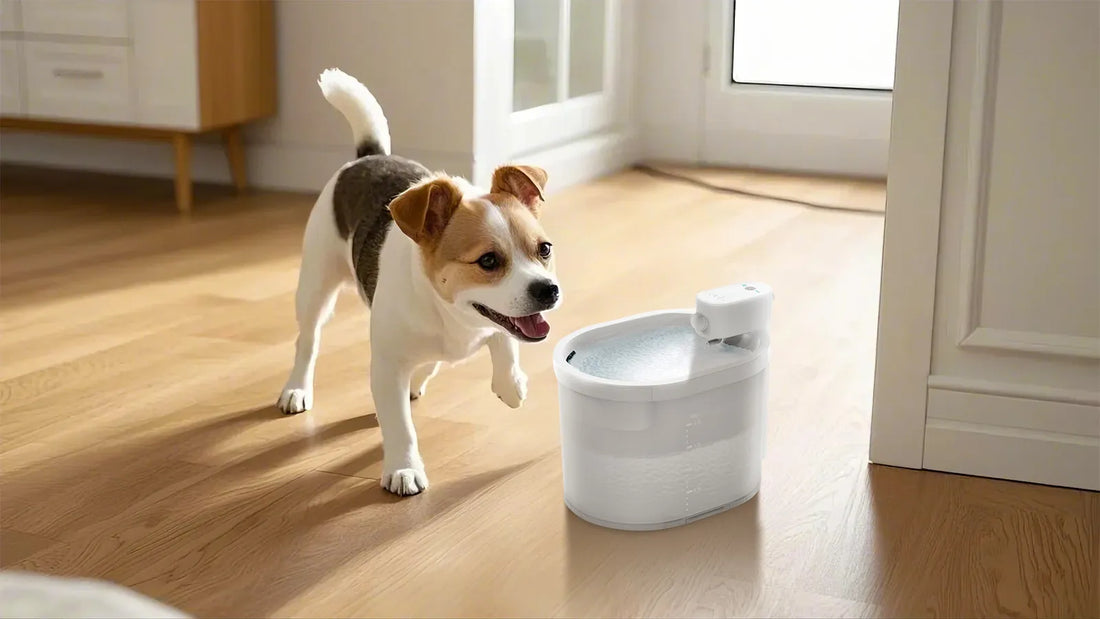When it comes to keeping your furry friend clean and healthy, one of the most common questions pet owners ask is, how often should a dog get a bath? The answer isn't one-size-fits-all, as it depends on various factors such as breed, activity level, and skin condition. In this comprehensive guide, we'll explore everything you need to know about bathing your dog, ensuring they stay fresh and comfortable without overdoing it.
Understanding Your Dog's Needs
Dogs, like humans, have unique needs when it comes to hygiene. While some dogs may require frequent baths, others can go longer between washes. Factors such as coat type, skin sensitivity, and lifestyle play a significant role in determining the ideal bathing schedule. For example, a dog with an oily coat may need more frequent baths than one with a dry coat. Similarly, a dog that spends a lot of time outdoors rolling in the mud will need more baths than a couch potato.
General Guidelines for Bathing Frequency
As a general rule, most dogs benefit from a bath every 4 to 6 weeks. However, this can vary widely. Breeds with short, smooth coats, such as Beagles or Boxers, may only need a bath every few months. On the other hand, breeds with long, thick coats, like Golden Retrievers or Shih Tzus, may require more frequent baths to prevent matting and tangling. Always consult your veterinarian or a professional groomer for personalized advice.
Signs Your Dog Needs a Bath
While sticking to a regular bathing schedule is important, it's equally crucial to recognize when your dog needs a bath outside of their routine. Some telltale signs include a strong odor, visible dirt or debris in their coat, excessive scratching, or skin irritation. If your dog has been swimming in a lake or ocean, a bath is essential to remove salt, chlorine, or bacteria that could harm their skin.
Over-Bathing: Risks and Precautions
Bathing your dog too often can strip their skin of natural oils, leading to dryness, irritation, and even infections. It's important to use a gentle, dog-specific shampoo and avoid over-washing. If your dog has sensitive skin or a medical condition, consult your vet for recommendations on bathing frequency and products. Additionally, always rinse thoroughly to remove all shampoo residue, which can cause itching and discomfort.
Tips for a Stress-Free Bathing Experience
Bathing can be a stressful experience for some dogs, but there are ways to make it more enjoyable. Start by introducing your dog to water gradually, using positive reinforcement like treats and praise. Use lukewarm water and a non-slip mat to keep your dog comfortable. If your dog is particularly anxious, consider using calming techniques or consulting a professional groomer for assistance.
Maintaining Your Dog's Hygiene Between Baths
Regular baths are just one part of keeping your dog clean. Brushing their coat daily helps remove dirt, loose hair, and tangles, reducing the need for frequent baths. Wiping their paws after walks and cleaning their ears and teeth regularly also contribute to overall hygiene. By incorporating these practices into your routine, you can keep your dog looking and feeling their best.
Ultimately, the key to determining how often should a dog get a bath lies in understanding your dog's unique needs and monitoring their health and behavior. With the right approach, you can ensure your furry friend stays clean, comfortable, and happy. So, the next time you wonder about your dog's bathing schedule, remember that a little knowledge and care go a long way in maintaining their well-being.













